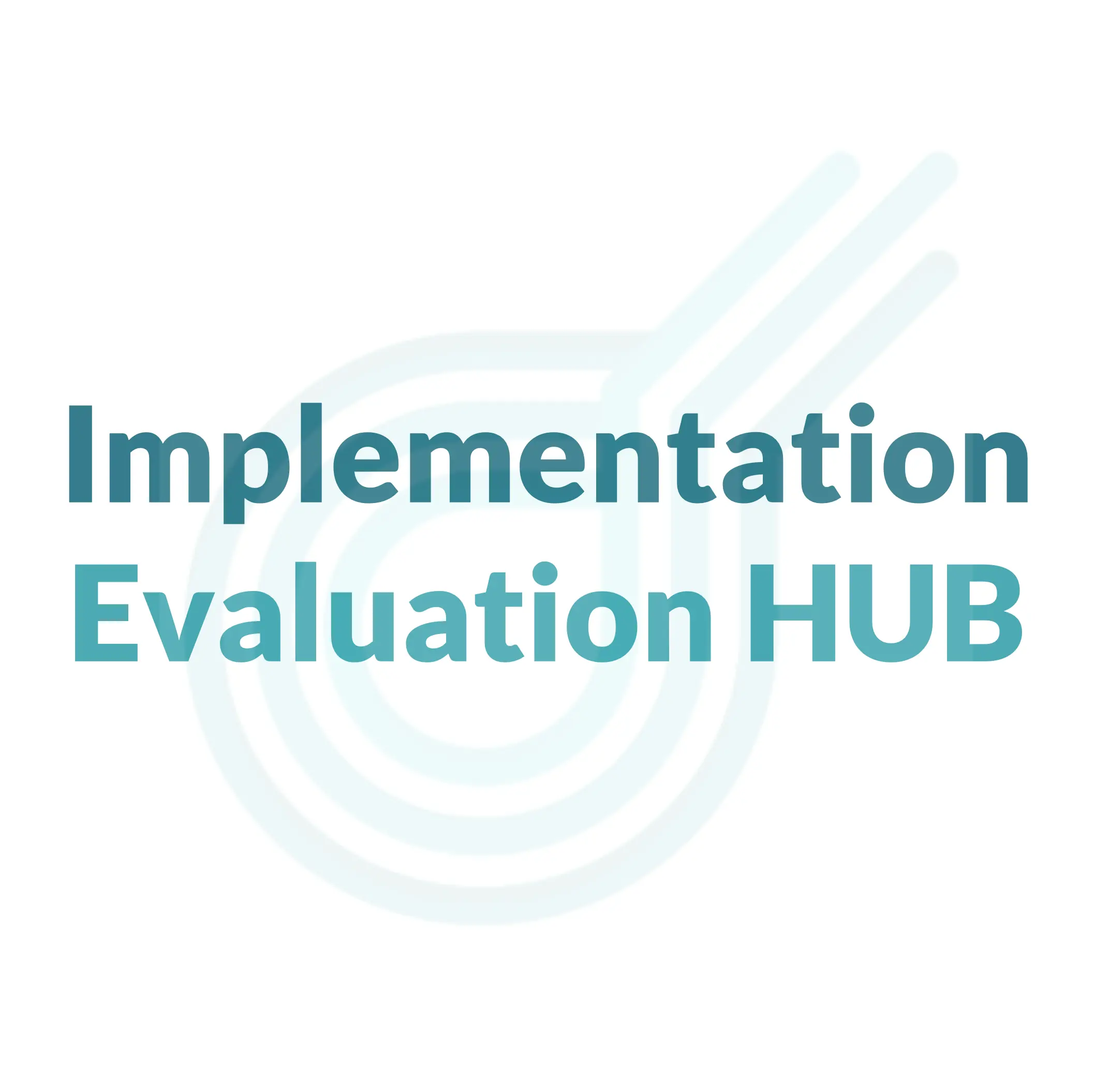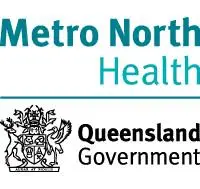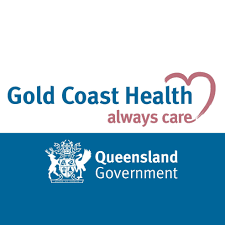Implementation Readiness Assessment Tool
This tool has been designed to assess organisational readiness and capacity for implementing and evaluating new healthcare initiatives. It considers various contextual and individual factors to facilitate successful implementation and evaluation of innovative models of care.

Key Features
- Applies implementation science frameworks adapted from primary research and existing evidence to inform a holistic assessment of implementation and evaluation readiness.
- Teams can assess implementation and evaluation capacity across six domains, gaining a broad understanding of readiness for implementation of proposed new innovations.
- Helps teams recognise strengths and areas for improvement thereby enhancing the likelihood of successful implementation and evaluation.
- After completing the readiness assessment, teams can create a detailed implementation action plan.
Assessment Details
Assessment Details
- 30 questions, taking approximately 15 minutes to complete.
- Rate your innovation or model of care across six key domains, using a scale of 1 to 5.
- Suitable for individuals or teams in various healthcare settings settings.
Applications of the Tool
Applications of the Tool
This tool is versatile and applicable at any stage to support users in the implementation process, including:
- To plan by informing the strategic planning process.
- To design models of care for implementation.
- To compare multiple models of care.
- To prepare and assess the readiness of a model of care for implementation.
- To grow and build capacity for implementation and evaluation.
- To fund by structuring funding decisions.
- To evaluate by informing the reasons behind the success or failure of new models of care.
- To scale or not, determining the trajectory of future of models of care (e.g., adopt, adapt, abandon, scale, and spread).
This tool can therefore facilitate ongoing improvement in healthcare implementation and evaluation and enables teams to make data-driven decisions throughout the project lifecycle.
Implementation Action Plan
After completing an organisational implementation readiness assessment, the next step is to develop a detailed action plan. This plan should address any gaps identified and leverage strengths for successful implementation. Key components include:
Goal or Objective: Define a clear, specific goal aligned with assessment findings.
Tasks or Actions: Break down the goal into specific, actionable tasks.
Timeline: Develop a realistic timeline for each task and the overall goal.
Desired Outcomes: Establish Key Performance Indicators (KPIs) to measure progress and success
Responsibility: Assign each task to a specific person or team.
To plan Resources: Identify necessary resources, including personnel, materials, and equipment, informing the strategic planning process
Desired Outcomes: Establish KPIs to measure progress and success.
This approach ensures the action plan is tailored to the organisation’s current readiness, facilitating effective implementation.
Clinical solutions
Lorem ipsum dolor sit amet, detracto efficiantur per in, id decore ponderum legendos sed. Eu qui porro voluptua instructior, labor oporteat partiendo eu duo. Ignota impedit officiis et duo. Ex mei mundi eleifend, nisl justo intelleg quodsi. Est mucius audiam an. Ad sed erat pertinax vituperatoribus. Te vim quo postea possit reprimique, has ex fierent abhorreant scripserit purto euripidis tempor quodsi lorem.
Chemistry testing
Electrical signals
Biological evaluation
Toxicological assessment
Why we believe in open innovation
*Electrical signals in the brain
Why we believe in open innovation
*Electrical signals in the brain
Why we believe in open innovation
*Electrical signals in the brain
Why we believe in open innovation
*Electrical signals in the brain
Why we believe in open innovation
*Electrical signals in the brain
Readiness Assessment
Get Started!











